Clay soil woes
KatrinaG
18 years ago
Featured Answer
Sort by:Oldest
Comments (16)
blueheron
18 years agoKatrinaG
18 years agoRelated Discussions
Soil amendments for clay soil in TN
Comments (12)Im not so sure that was the meaning. First clear away any soil that covers up the root flare. Don't be surprised if you find this severely buried under several inches of soil when you get the tree. That is common. Then once you have found the root flare, where the trunk flares out where it meets the beginning of the roots, this is what you want a little above the level of surrounding ground to compensate for settling. The important thing is that the root flare is exposed. If you're starting with a b&b tree, put it in the planting hole so that approximately 10% is sticking out above the surrounding ground, then remove any soil covering the root flare. Adjust the depth of the planting hole if necessary. If you are planting a containerized tree, it is easy enough to expose the root flare prior to planting. Set it so that it's a couple inches above the ground. I don't think I mentioned this before but dig a wide planting hole, preferably 3 times the width of the tree container or soil ball. It doesn't have to be deep but it should be wide. This will loosen up the soil for more rapid establishment and is preferred over amendments....See Morelavender soil for pots and clay soil
Comments (12)Never add sand to clay soils. You'll end up with something more akin to cement. Sand is useful only when you actually replace most of the clay with sand. DaisyDW is right: organic matter is the ultimate amendment for clay soils. I'd disagree with her on the addition of dolomite, however. There's nothing in dolomite (magnesium + calcium) that will do anything to improve clay soils, but it can sure increase your pH. That's something you don't want to do unless a professional soil test indicates that you need to. She may have been thinking of gypsum (sulfur + calcium), which is often touted as a 'clay buster'. It won't do the trick, either, but it won't raise the pH. (Sodic clay soils can be improved by gypsum, but you don't have that kind of chemistry in Knoxville.) It is very difficult to alter the soil conditions of a site. That is, unless you are willing to maintain it on a regular basis. I have very heavy clay soils, but they are not wet. The front yard used to drain slowly, but we fixed that with some sub-surface drainage tile. We then amended our planting beds with lots and lots of organic material from various sources. We have to add a heavy mulch of OM every year. I've come to love our clay! Your idea of amending for your lavender on a hole-by-hole basis won't work for very long. You will create a bathtub effect. Water will pool in the planting hole because it cannot escape quickly through the clay. Lavender requires excellent drainage, period. One of the first steps of good landscape planning is to select plants that will do well in the given site. There are some things we can do to alter, change, and improve the situation but oftentimes those fixes are temporary, at best. Know the characteristics of the site, understand limitations, and select your plants accordingly....See MoreSoil woes continue...
Comments (8)Magoo, yes, I did exactly that in one 4-foot by 4-foot bed. I planted winter (cereal) rye in September, I think. It looked nice all winter. I felt it worked well, since I planted my garden crops late the next year (end of May or maybe even in June). I turned it in a few weeks before planting, basically by cutting down the tops, then taking a straight-edged shovel and making vertical cuts to make a shovel-sized block and simply flipping it over onto the tops. This probably wouldn't work as well for an area where you plan to plant early spring crops, like peas and lettuce. My current *plan* is to plant winter rye on half my garden where I expect to grow beans, tomatoes, cucumbers, peppers, and just mulch the other half, which will be planted in the early spring (latter part of March, this year) with peas, lettuce, radishes, turnips, carrots. Just for fun I also planted some rye last fall in a mostly unused flower area to keep out the weeds and see what the mature rye was like. It did a good job of keeping the weeds out, especially my biggest problem, ground ivy. The rye there is five feet tall now, looks kind of like wheat to me (not that I really know). I just cut down most of it, though, because there are a few peonies blooming in the middle of it and my wife wanted to be able to see them! By the way, if you try this know that you do not want ryegrass! That is very different from the rye I'm talking about (which is also called cereal rye and winter rye). Regards, --Riff....See MoreGroundcover for Clay Loam/Borderline Clay soil and full sun
Comments (2)Ajuga? Will that survive the dry spells--maybe once it's established? Lamb's Ear? There is a range of aggressive groundcovers. Creeping Jenny might be a 9 and you just need a 3, for example. Some of those things we're all trying to get rid of might be just what you want! Good luck!...See MoreIna Plassa_travis
18 years agorhizo_1 (North AL) zone 7
18 years agorhizo_1 (North AL) zone 7
18 years agotapla (mid-Michigan, USDA z5b-6a)
18 years agomimi_stpaul
18 years agoKatrinaG
18 years agoKatrinaG
18 years agotapla (mid-Michigan, USDA z5b-6a)
18 years agoKatrinaG
18 years agotapla (mid-Michigan, USDA z5b-6a)
18 years agoKatrinaG
18 years agolilleyl2005
18 years agolisy_ash_yahoo_com
17 years ago
Related Stories
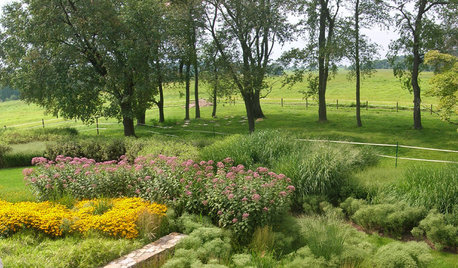
GARDENING GUIDESHow to Stop Worrying and Start Loving Clay Soil
Clay has many more benefits than you might imagine
Full Story
GARDENING GUIDESGardening Solutions for Heavy Clay Soils
What’s a gardener to do with soil that’s easily compacted and has poor drainage? Find out here
Full Story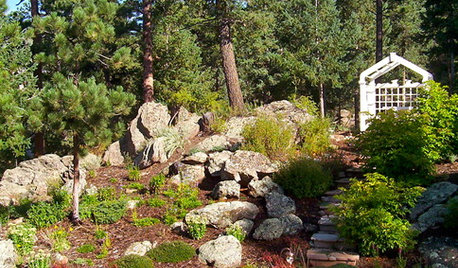
GARDENING GUIDESHave Acidic Soil in Your Yard? Learn to Love Gardening Anyway
Look to acid-loving plants, like conifers and rhododendrons, to help your low-pH garden thrive
Full Story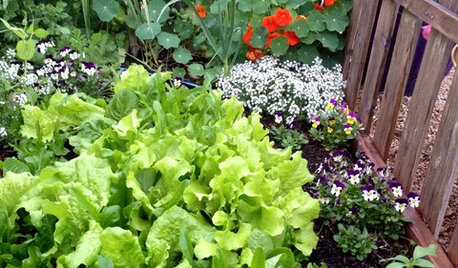
GARDENING GUIDESThe Poop Scoop: Enrich Your Soil With Good Old Manure
Get over the ick factor already — this natural super-ingredient for soil has so many benefits, you'll wonder why you ever went chemical
Full Story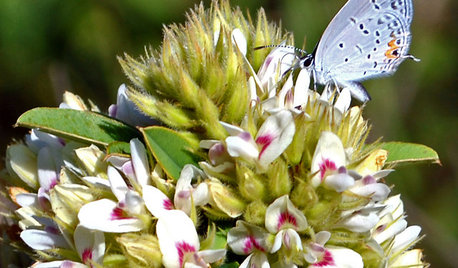
GARDENING GUIDES5 Prairie Wildflowers That Can Heal Your Soil
Get free, organic soil fertilizer with nitrogen-pumping plants that draw pollinators too
Full Story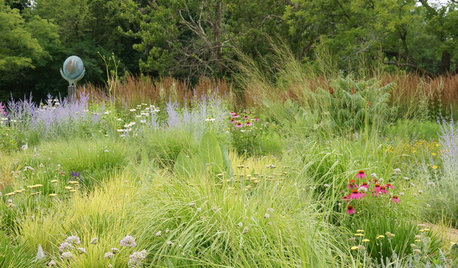
GARDENING GUIDESGet the Dirt on Your Garden’s Soil
Understand how your soil supports your plants so you can ensure your garden’s success
Full Story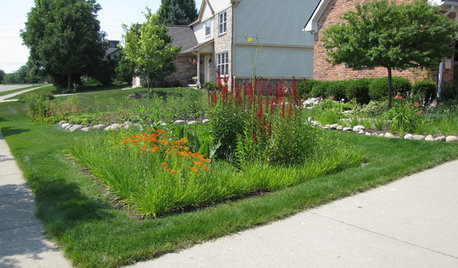
LANDSCAPE DESIGNHow to Shape a Rain Garden and Create the Right Soil for It
Learn how to grade, lay out and amend the soil in your rain garden to support your plants
Full Story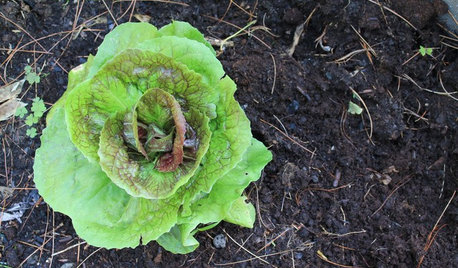
FARM YOUR YARDHow to Get Good Soil for Your Edible Garden
The nutrients in your soil feed the plants that feed you. Here are tips on getting it right — just in time for planting season
Full Story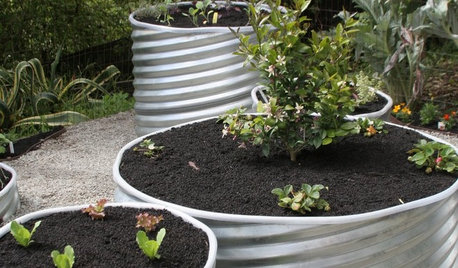
CONTAINER GARDENSContainer Gardening Basics: The Dirt on Soil
Learn the types of potting soil available and the best mixes to help your containers thrive
Full Story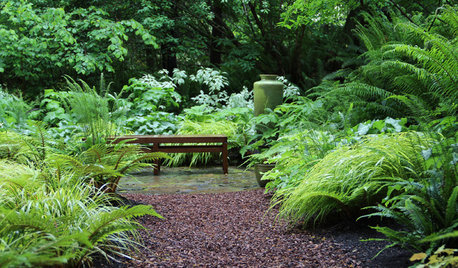
GARDENING GUIDES10 Solutions for Soggy Soil
If a too-wet garden is raining on your parade, try these water-loving plants and other ideas for handling all of that H2O
Full StorySponsored
More Discussions



artemis_pa